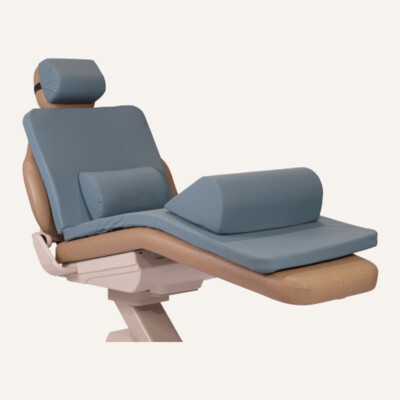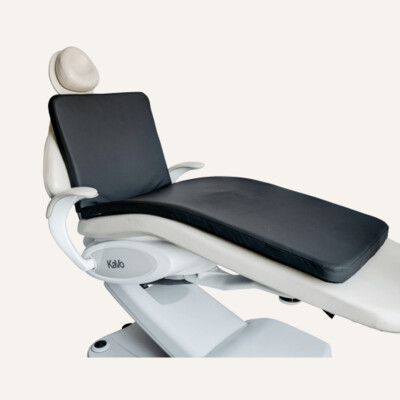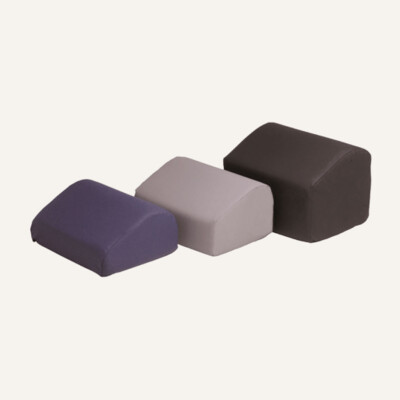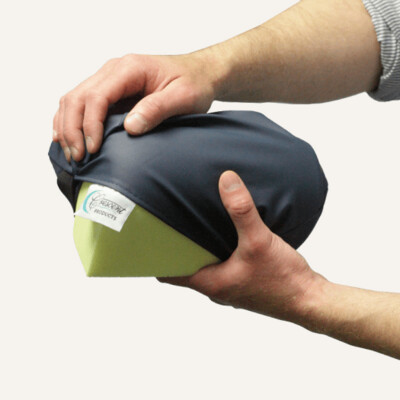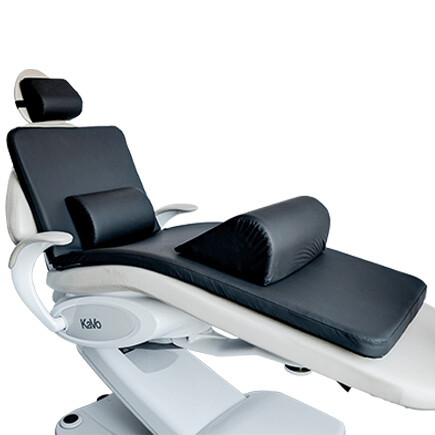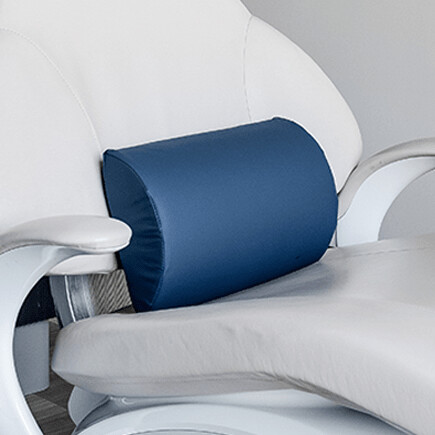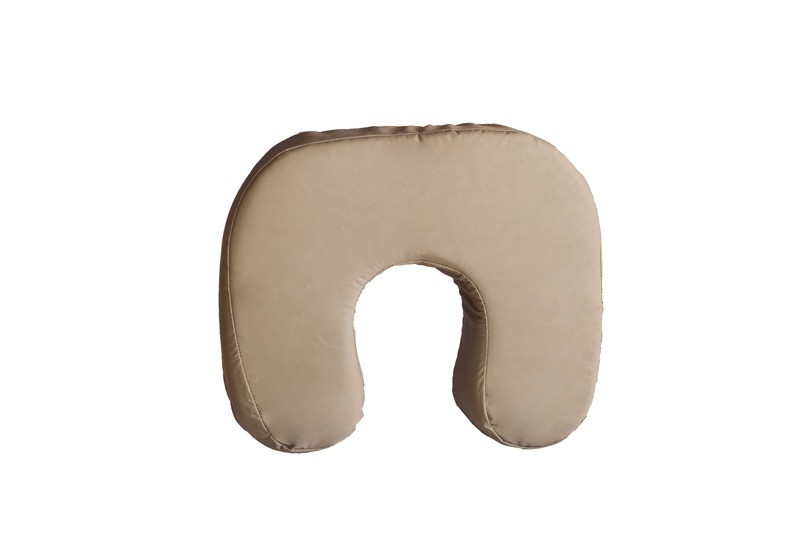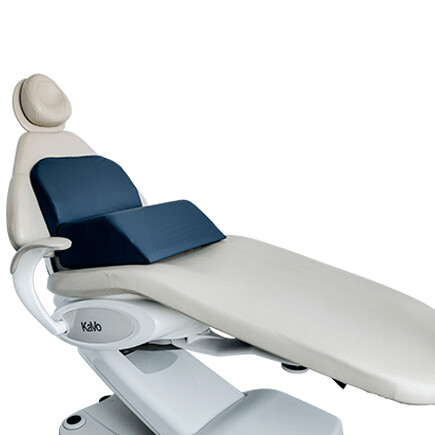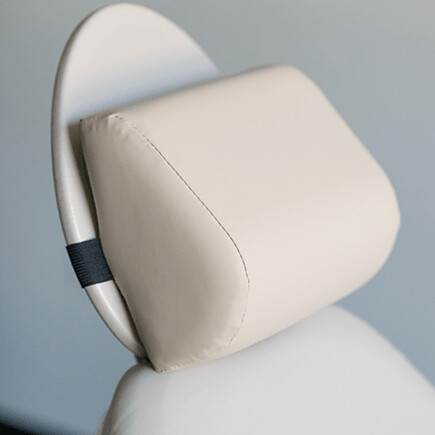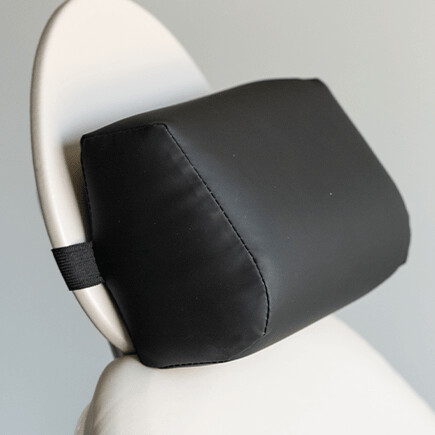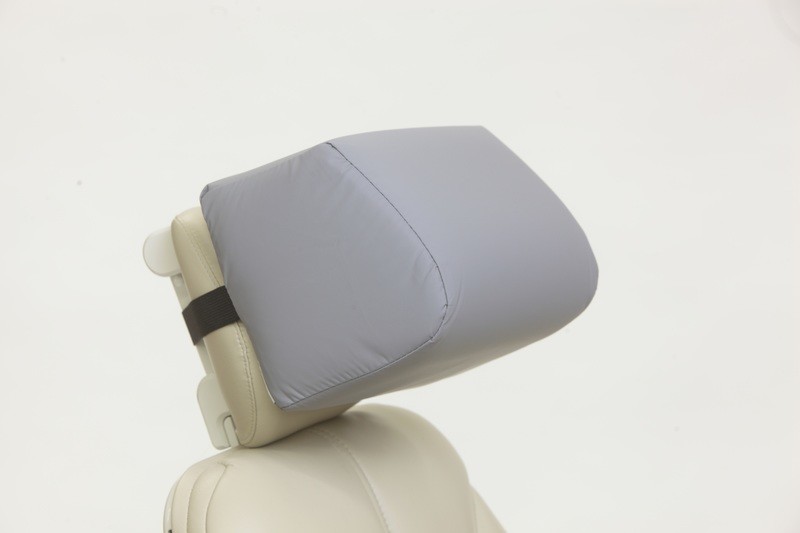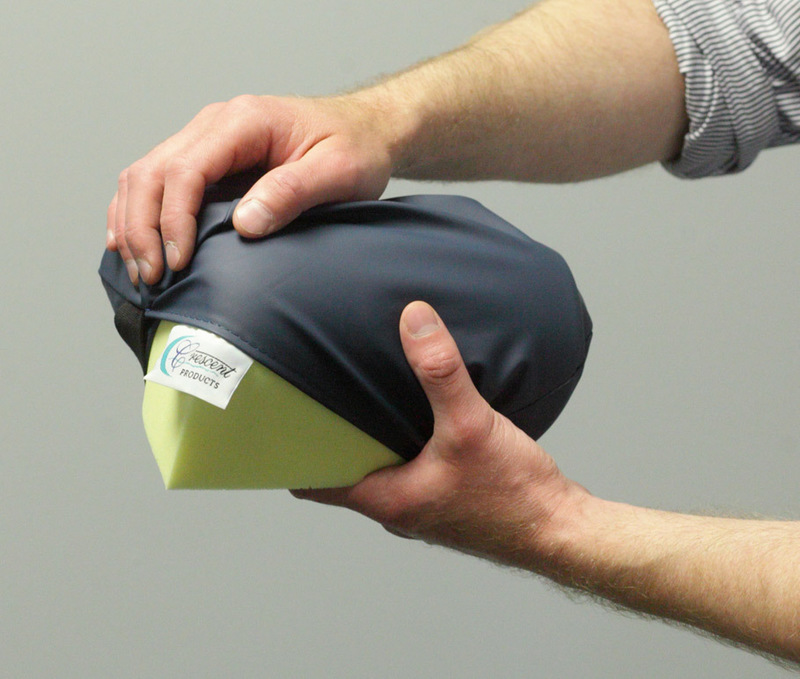The Causes of Dental Anxiety in Patients
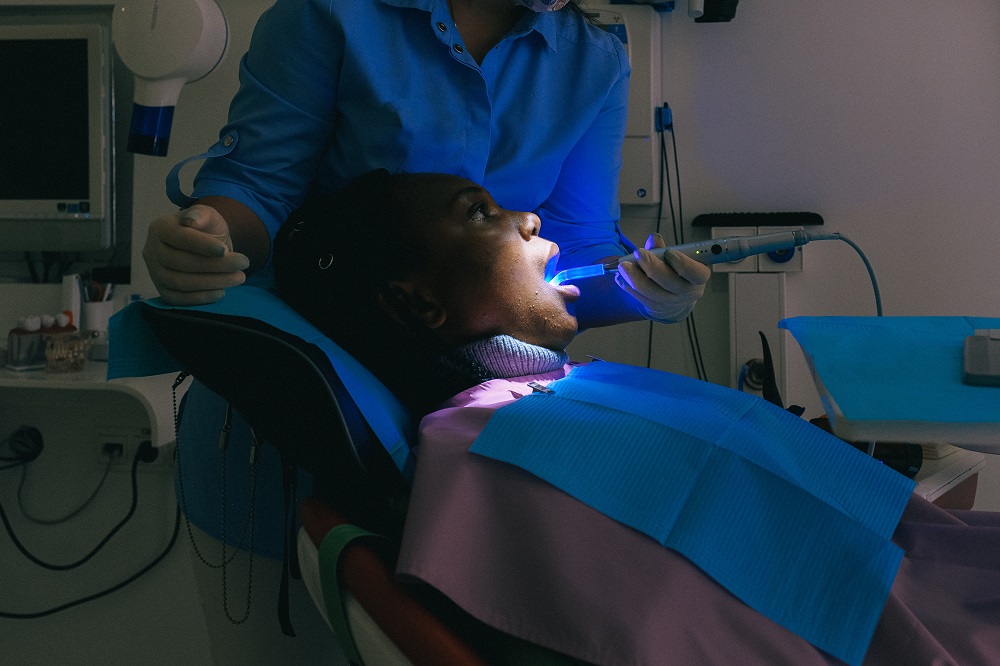
Dental anxiety and phobias related to the dental industry are quite common, yet people are still recommended to (and often do) visit the dentist two times or more a year, for one reason or another. Because of this, dental providers must work with patients who are at times uncomfortable or even uncooperative. In order to work with these types of patients and make the dental experience less stressful, it helps dental providers to understand the root causes of dental anxiety, the signals and symptoms, and how to mitigate it in their patients.
What Causes Dental Anxiety
In all the research that has been done on dental anxiety and dental phobia, scientists have identified a few root causes of the conditions:
- A prior traumatic dental experience
- Unrelated trauma to the mouth, head, or neck
- Past experience with abuse
- General anxiety disorder
- Post-traumatic stress disorder
- Major depressive disorder
- Issues with losing control
- Trust issues
- Other phobias like agoraphobia, claustrophobia, obsessive compulsive disorder, etc.
What are the Signs and Symptoms of Dental Anxiety?
Recognizing dental anxiety in patients is crucial for providers because not every patient will be vocal (or even aware of) the issues they are facing. Evidence-based research has revealed the signs of dental anxiety to be one or more of the following:
- Excessive sweating
- Increased heart rate or palpitations
- High blood pressure
- Low blood pressure followed by fainting spells
- Crying
- Visible distress
- Resistance to procedures
- Refusal to schedule future appointments
- Signs of panic or panic attacks
- Aggression
- Withdrawal
How Providers Can Help Patients Manage Dental Anxiety
While it is largely on the patient to confront their own dental anxiety using a variety of methods (therapy, etc.), dental providers can do certain things to help their patients manage the condition, including:
- Distraction methods (allowing patients to listen to music, watch television, or view relaxing images)
- Using weighted blankets
- Thoroughly explaining procedures and techniques before beginning treatment
- Working with patients to establish non-verbal communication techniques (such as hand signals to indicate that patients would like you to stop treatment or take a break)
- Allowing patients to use doctor-prescribed analgesics, medication, or a general anesthesia
- Using products like dental chair accessories to properly position patients, keeping them calm and comfortable during treatment
Most importantly, keep an open line of communication with your patients. Talking to them and validating and addressing their concerns is one of the most important things a provider can do. It will help your patients cope with their anxiety, stay calm, and get through the necessary treatment as quickly and painlessly as possible.
For more information on dental chair accessories that can help keep your patients calm, see our product lines at our online store.
